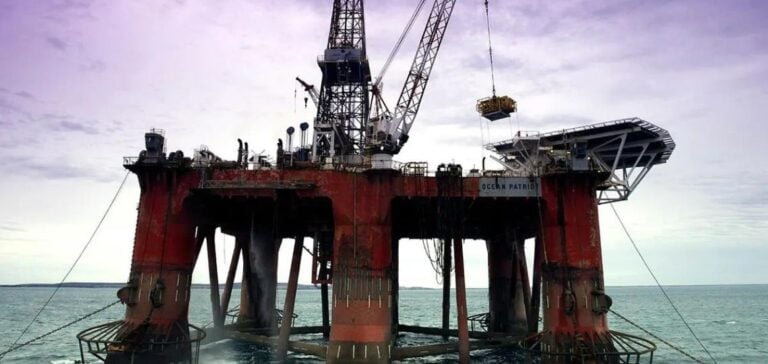Gas exploration continues in Australia. The country has just opened tenders for new offshore exploration zones in six basins. The government hopes to rejuvenate a sluggish business and improve energy security.
Gas exploration in Australia: calls for bids for 80,000 square kilometers
The tender is now open for 80,000 square kilometers of new offshore exploration acreage, covering six basins in Australia. The stated aim is to rejuvenate this lackluster business and secure the country’s energy supplies. Oil and gas companies can participate in tenders and suggest areas for future exploration.
21 blocks on offer until March 3, 2022
The Australian government has declared that 21 blocks will be proposed for gas exploration. They are located in the Bonaparte, Browse, Carnarvon, Otway, Sorell and Gippsland basins, off the coast of Australia. Tenders close on March 3, 2022.
Keith Pitt, Minister for Resources, Water and Northern Australia said:
“This year’s tender offers opportunities in established oil and gas provinces with existing infrastructure. As well as in under-explored areas offshore Victoria, also within reach of existing infrastructure. This is in line with the realization of ongoing projects and increased supply to the East Coast market. “
New exploration zones released for gas recovery plan
All areas to be released in 2021 are based on industry nominations and public consultation. They are all available for tender. The continued release of exploration zones is encouraged, as it ensures a steady supply of energy for the future.
Indeed, the Australian government says that releasing acreage is crucial to the gas recovery plan. Continued exploration guarantees the possibility of providing reliable, affordable energy.
Gas exploration in Australia: a drop in exploration spending
Yet total exploration expenditure has fallen sharply, both onshore and offshore. Offshore spending was A$73.3 million in Q1 2021.
They account for almost half of the 134.6 million spent inQ4 2020. They are also down on the 108.9 million spent in Q1 2020.
An upturn in the2nd quarter of 2021
However, offshore spending figures will improve fromQ2 2021 onwards, according to Australian consultancy Energy Quest. Santos is starting an appraisal and exploration drilling campaign in the Carnarvon and Bedout basins. SapuraOMV will also contribute to the increase in activity by drilling the Eagle-1 gas exploration well inQ2.
Onshore spending beats offshore spending
Last year, for the first time, onshore spending beat offshore spending in Australia. Offshore wells are generally much more expensive, although they can offer higher flow rates. Lack of acreage renewal, limited access to infrastructure and high entry costs contribute to low activity levels.
For offshore exploration spending to increase, the industry needs access to potential acreage. This could mean giving up long-term conservation licenses and the certainty that proposed work will be approved.
Exploration well projects planned
Nevertheless, several offshore exploration wells are planned in Australia. Advent Energy is planning a well in the Sydney Basin, if it obtains an extension to its work program. EOG Resources is also awaiting an extension to its offshore permit in Western Australia, after buying it from Melbana Energy.
Australia is therefore relaunching offshore gas production off its coast. A way of securing its energy supply.






















